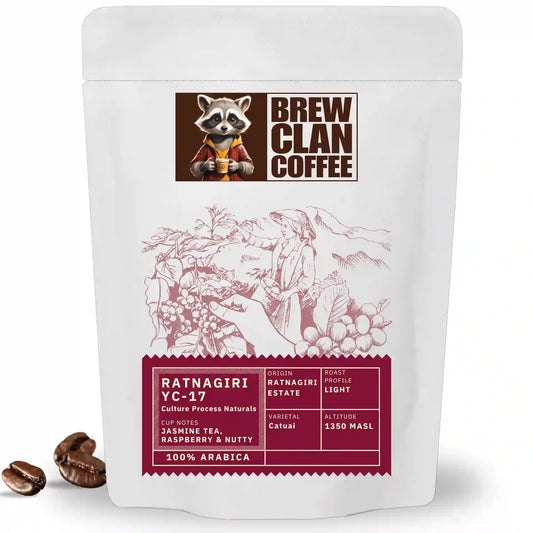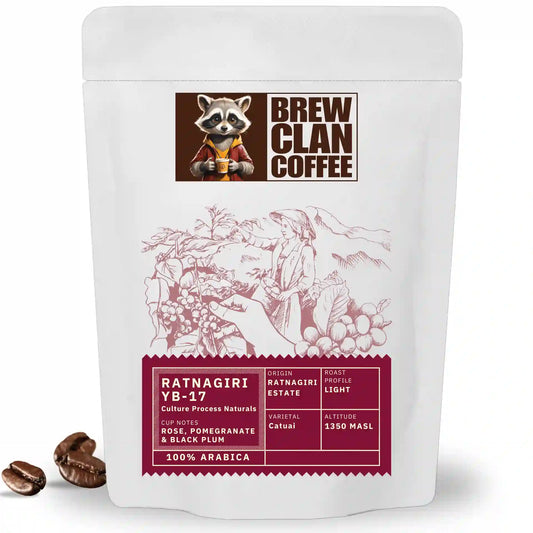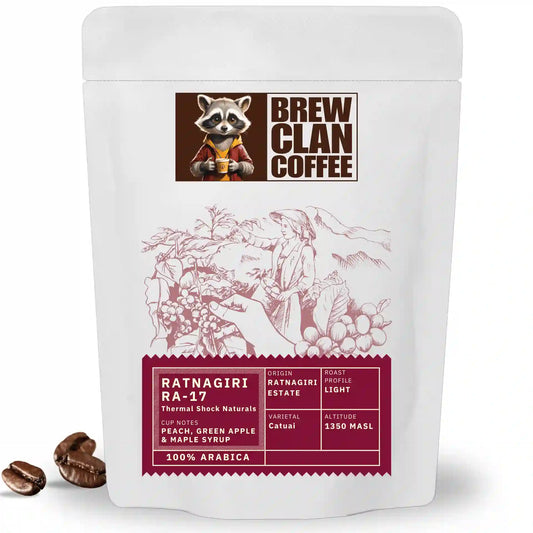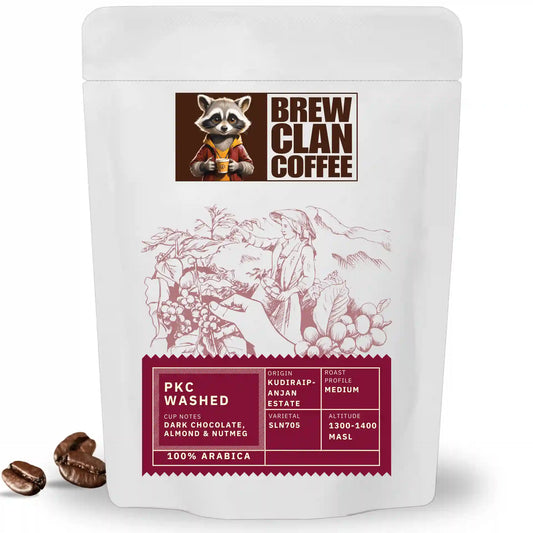
The Art of Coffee Cupping: Tasting and Evaluating Like a Pro
Share
Ever wondered how coffee professionals evaluate and describe those delicate notes of citrus, chocolate, or jasmine? Welcome to the fascinating world of coffee cupping, a ritual that’s part science, part art, and completely worth learning if you’re serious about your brews.
What is Coffee Cupping?
Coffee cupping is the industry-standard method used by roasters, baristas, and Q-graders to evaluate coffee quality. It involves brewing coffee in a specific way, then tasting it systematically to assess everything from aroma to aftertaste.

But don’t worry, you don’t need a Q-grader certificate to get started. With some basic tools, a curious palate, and a love for coffee, you can start cupping like a pro right at home.
Why Bother with Cupping?
Besides feeling like a certified coffee enthusiast (a badge of honor, really), cupping lets you:
- Understand flavor profiles better
- Identify your coffee preferences (acidic? chocolaty? floral?)
- Improve your brewing — if you can taste what’s missing, you can fix it
- Evaluate beans when buying new ones
Essential Tools for Coffee Cupping at Home
You don’t need a full lab, but you will need:
- Freshly roasted specialty coffee beans (preferably single-origin 100% Arabica)
- Burr grinder
- Digital scale (accurate to 0.1g)
- Timer
- Cupping bowls or small glasses (180–200ml)
- Cupping spoons (or deep-bowled soup spoons)
- Hot water (just off the boil, ~96°C)
- Tasting spoons (optional for sharing)
- Notepad or cupping sheet
Pro Tip: Use filtered water. You’d be surprised how much your tap water can mess with the flavors.

Step-by-Step: How to Cup Coffee Like a Pro
1. Grind the Coffee
Use a coarse grind — slightly coarser than French press. We recommend 8.25g of coffee per 150ml of water (standard SCA ratio).
2. Smell the Dry Grounds
This is your first sniff. Take a moment to appreciate the fragrance of the dry grounds. Jot down what you smell. Fruity? Nutty? Chocolatey?
3. Add Hot Water
Pour hot water (96°C) directly onto the grounds. Fill to the rim and start your timer.
4. The Bloom and Wet Aroma
Let it steep undisturbed for 4 minutes. Now smell again. This is the wet aroma — deeper and richer than the dry scent.
5. Break the Crust
After 4 minutes, gently “break” the crust of grounds with your spoon while inhaling deeply. Push the spoon through the top layer three times to release trapped gases and aromas.
This is when the room fills with glorious coffee fragrance. You’re welcome.
6. Clean the Surface
Skim off floating grounds using two spoons. Let the coffee cool for a minute or two — flavors are clearer when it’s not piping hot.
7. Slurp & Taste
Yes, slurp. Loudly. It aerates the coffee and spreads it across your palate. Evaluate:
- Aroma
- Flavor
- Acidity
- Body
- Sweetness
- Aftertaste
- Balance
You’re not just drinking coffee. You’re decoding it.

How to Describe What You’re Tasting
This is where it gets fun and subjective. Use a coffee flavor wheel to help articulate what you’re tasting. Is that lemon? Or lemongrass? Do you feel a caramel aftertaste? Write it all down.
Use descriptors like:
- Fruity (berries, citrus, stone fruit)
- Nutty (almond, hazelnut)
- Sweet (caramel, honey)
- Earthy (malt, tobacco)
- Floral (jasmine, rose)
If you can’t name it, don’t worry. Just describe what it reminds you of. Over time, your coffee vocabulary will grow.

Common Questions About Coffee Cupping
Q: Can I use milk or sugar while cupping?
A: Nope. Cupping is all about the coffee in its purest form.
Q: How many coffees can I cup at once?
A: Ideally 3–5. More than that and your palate might get overwhelmed.
Q: Should I swallow or spit?
A: At home? Go ahead and swallow. In pro sessions, tasters usually spit to avoid caffeine overload.
Bonus: Cupping with Friends
Want to make it more fun? Host a coffee tasting night. Choose 3 different beans — like a light roast Ethiopian, a washed Central American, and a honey-processed Indian — and compare notes.
Warning: This may lead to sudden, deep opinions on flavor clarity and terroir.
Final Thoughts
Cupping is one of the most enriching practices in your specialty coffee journey. It sharpens your palate, deepens your appreciation, and makes you feel just a little bit cooler when talking beans with baristas.
So the next time you’re sipping a cup and wondering why it tastes like a walk through a citrus orchard, remember — you’re not just drinking coffee. You’re reading its story.
Discover Beans Worth Cupping
Want to start cupping but don’t know which beans to choose?
Check out our single-origin coffees — roasted to order, packed with flavor, and ready to be explored.




